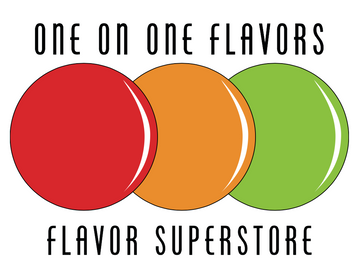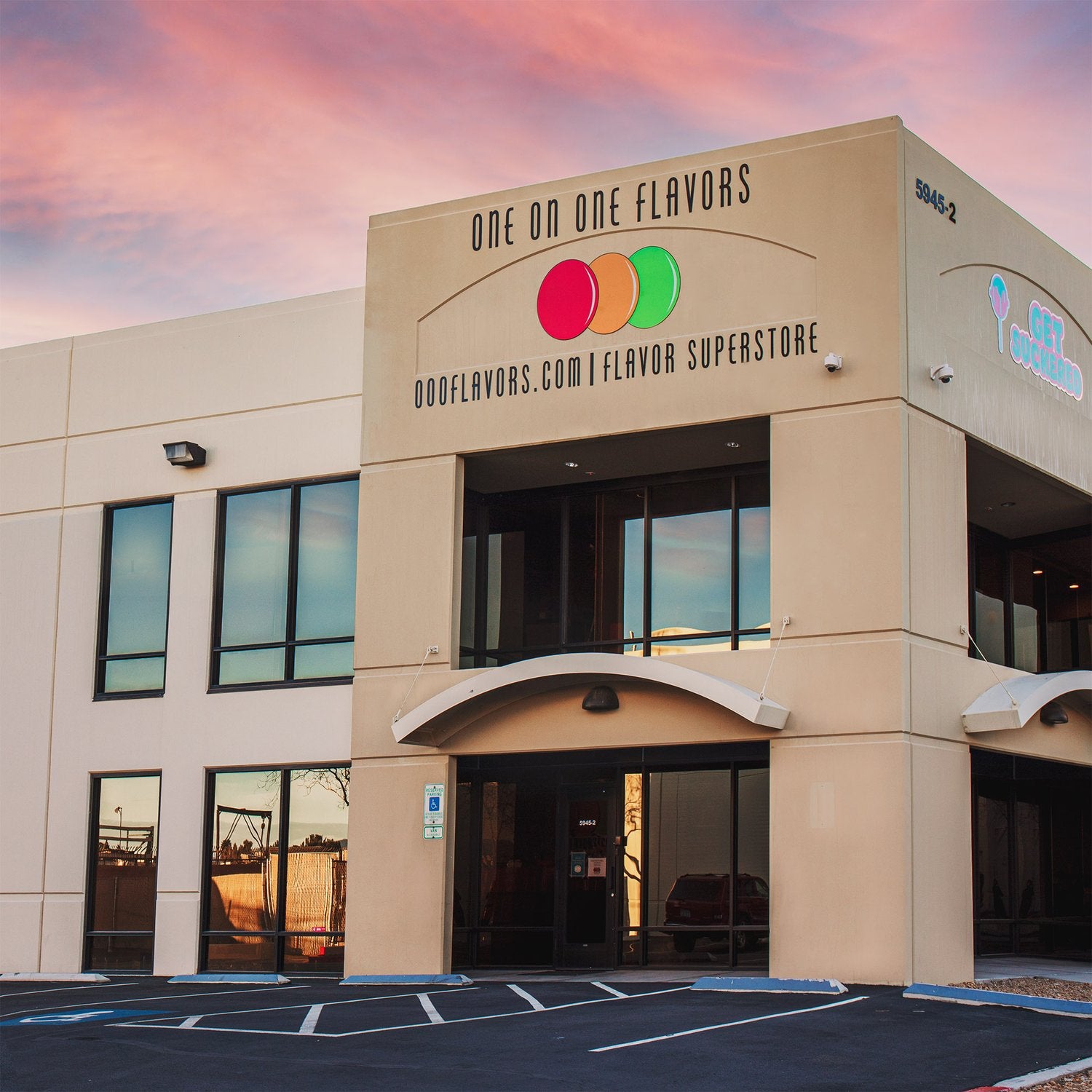Caramel and candy apples have been a staple of fall festivals, fairs, and Halloween celebrations for generations. Their perfect blend of crisp apple, sticky sweetness, and nostalgic charm makes them an enduring favorite. But where did these iconic treats originate, and how have they evolved over time?
Let's take a closer look at the history of caramel and candy apples and how they became a seasonal tradition.
The Origins of Candy Apples
Candy apples, known for their shiny red glaze and crunchy coating, date back to the early 1900s. They were invented in 1908 by William W. Kolb, a Newark, New Jersey candy maker. While experimenting with red cinnamon candy for Christmas displays, Kolb dipped an apple into the mixture, and the result was an instant hit.
By the 1950s, candy apples had become a staple at carnivals, fairs, and holiday celebrations, particularly around Halloween and the fall season. Their signature bright red color and glossy finish made them visually appealing, while the combination of sweet, cinnamon-flavored candy shell and tart apple created a perfect balance of flavors.
Try It: Recreate the classic candy apple flavor with Cinnamon Roll Flavoring for an authentic, spicy-sweet touch.
The Rise of Caramel Apples
Caramel apples emerged a few decades after candy apples. In the 1950s, Kraft Foods employee Dan Walker accidentally invented caramel apples while melting down leftover caramels. Instead of discarding the caramel, he dipped apples into it, creating a smooth, creamy alternative to the traditional hard candy coating.
Caramel apples quickly became a fall favorite due to their rich, buttery caramel flavor, which paired well with the crisp tartness of apples. They also allowed for creative toppings like nuts, chocolate drizzles, and sprinkles.
Try It: Capture the perfect caramel apple flavor in homemade treats with Caramel Flavoring.
How Caramel and Candy Apples Became a Fall Tradition
Caramel and candy apples became strongly associated with autumn for a few key reasons:
- Apple Harvest Season – Apples are harvested in the fall, making them abundant and fresh.
- Halloween and Festivals – Their festive appearance made them a perfect treat for Halloween parties, school fairs, and carnivals.
- Nostalgia and Tradition – Many families enjoy making or purchasing these treats as part of their annual fall celebrations.
Over time, caramel and candy apples have evolved, incorporating new flavors, colors, and toppings to keep the tradition exciting.
Variations of Caramel and Candy Apples
While the classic red candy apple and caramel-dipped apple remain the most popular, many variations have emerged.
Gourmet Caramel Apples
- Chocolate-Dipped Caramel Apples – Dipped in caramel, then coated in milk or dark chocolate.
- Nut-Covered Apples – Rolled in crushed peanuts, pecans, or almonds.
- Salted Caramel Apples – Sprinkled with sea salt for a sweet and salty contrast.
Recreate the rich, chocolate-dipped caramel apple experience with Chocolate Fudge Flavoring.
Flavored Candy Apples
- Green Apple Candy Apples – Made with sour apple-flavored candy instead of cinnamon.
- Blue Raspberry Candy Apples – A fun, vibrant alternative to the classic red variety.
- Cotton Candy Apples – Coated in a cotton candy-flavored candy shell.
Try these fun flavor variations with Green Apple Flavoring or Blue Raspberry Flavoring for a twist on tradition.
How to Make Classic Caramel Apples at Home
Making caramel apples at home is easier than you think. Here’s a simple recipe to get started.
Ingredients:
- 6 medium apples (Granny Smith or Honeycrisp work best)
- 1 cup heavy cream
- 1 cup brown sugar
- 1/2 cup unsalted butter
- 1/2 cup light corn syrup
- 1 teaspoon Caramel Flavoring
- 1/4 teaspoon salt
Instructions:
- Wash and dry the apples thoroughly, then insert wooden sticks into the tops.
- In a saucepan over medium heat, combine cream, brown sugar, butter, and corn syrup. Stir until the mixture reaches firm-ball stage (245°F on a candy thermometer).
- Remove from heat and stir in Caramel Flavoring and salt.
- Dip each apple into the caramel, coating evenly. Let excess drip off.
- Place on parchment paper and allow to cool before serving.
Optional: Roll apples in chopped nuts, crushed cookies, or drizzle with melted chocolate for extra flair.
Why Use Flavor Concentrates for Candy and Caramel Apples?
Flavor concentrates allow for greater creativity and consistency when making caramel or candy apples.
- Enhance the natural apple flavor with complementary notes like caramel, cinnamon, or vanilla.
- Create unique variations with flavors like cotton candy, cherry, or marshmallow.
- Ensure even distribution of flavor without altering the candy or caramel texture.
For bold, delicious caramel and candy apples, explore the full selection of OOOFlavors concentrates.

